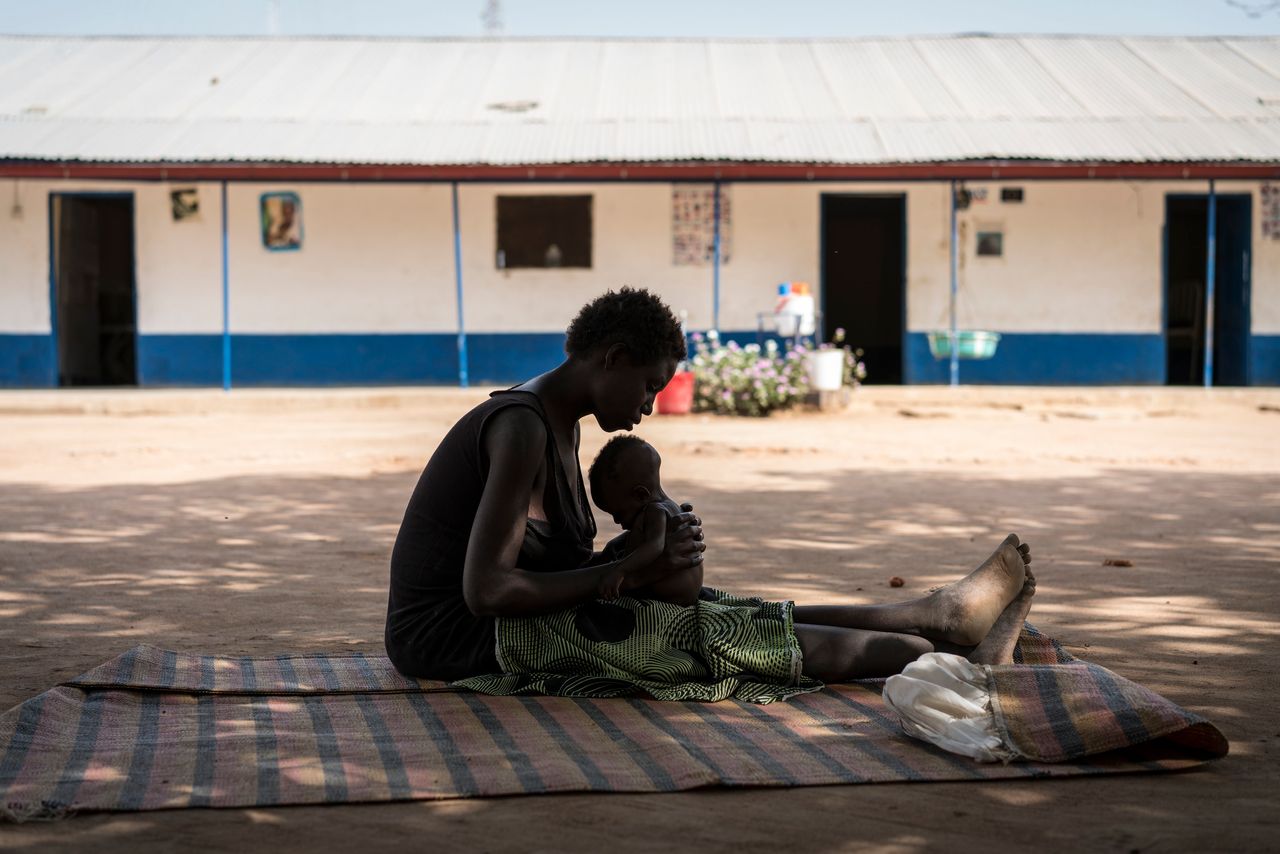There are now 20 million people on the brink of starvation across four countries grappling with extreme food shortages and conflict. But as the world suffers one of its most severe humanitarian crises in decades, President Donald Trump is threatening to drastically reduce foreign aid as part of his administration’s “America first” budget.
Trump’s proposed cuts come at a time when aid organizations say that more funding is desperately needed to save millions from dying. United Nations officials declared the world’s first famine in six years in parts of South Sudan in February and now fear that Nigeria, Somalia and Yemen are edging toward similar preventable crises.
“Without collective and coordinated global efforts, people [in these countries] will simply starve to death,” U.N. humanitarian coordinator Stephen O’Brien warned in March. Days later, Trump unveiled the blueprint for his 2018 budget, which seeks “deep cuts” to humanitarian initiatives abroad.
The defunding of some U.S. foreign aid programs is already underway. Last week, the Trump administration halted all grants to the U.N. Population Fund, an organization that provides reproductive health care in more than 150 countries.
As the president awaits congressional approval for his proposed 28 percent slash in funding for USAID, which already accounts for less than 1 percent of the federal budget, experts working in each of the four at-risk countries talked to The Huffington Post about what such cuts could mean for their regions at this time.
Many aid officials agree that an increase in aid is not a panacea to the many humanitarian challenges facing Yemen, Somalia, Nigeria and South Sudan, but that more funding is desperately needed to stop these crises from plunging even deeper.
“We’ve always depended on very generous support in the U.S.,” World Food Programme Regional Director Valerie Guarnieri told HuffPost at a U.N. media briefing Tuesday. “Any reduction [to foreign aid] in the U.S. budget would impact on our ability to reach people who are in need and our ability to avert a catastrophe.”
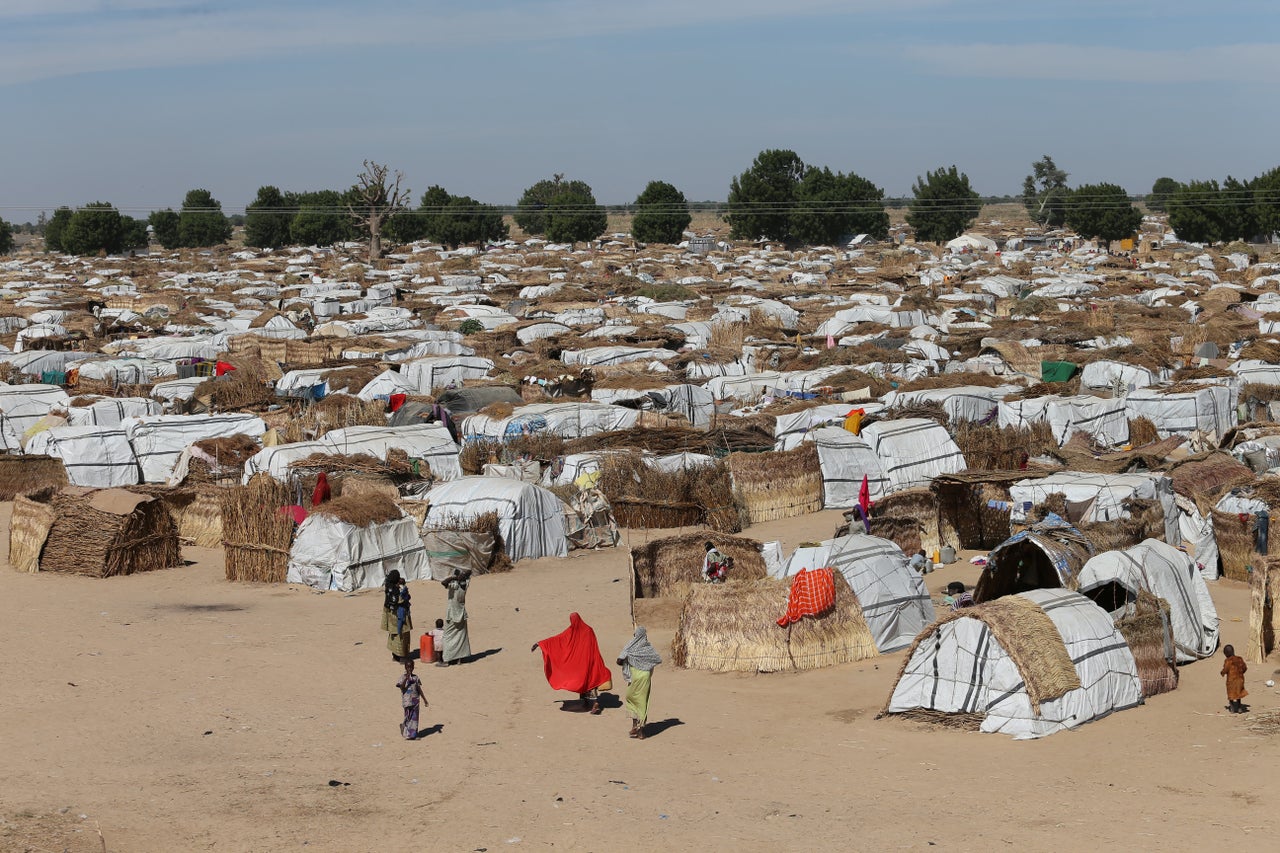
Nigeria
In Nigeria, Boko Haram’s militant insurgency has killed thousands of people, forced millions to flee their homes and spurred an immense hunger crisis. UNICEF estimates that 450,000 children will suffer severe acute malnutrition this year, at least 90,000 of which could die without urgent treatment.
The waves of displacement resulting from Boko Haram attacks and the group’s conflict with government forces have created a complex humanitarian crisis in which areas of northeast Nigeria are too unstable to safely deliver aid.
“It’s not a mathematical equation of we’ve got this amount of people, they need this amount of stuff, let’s just get a truck in and they’ll be good,” said Patrick Rose, crisis communications specialist for UNICEF. “The truck arrives, it gets blown up. The next truck arrives, it gets hijacked. The next truck arrives, and people have moved by that point.”
In July of last year, UNICEF was forced to temporarily suspend its work in northeast Borno state after Boko Haram attacked an aid convoy.
The security situation is so severe that there are currently 1.78 million displaced citizens in Nigeria, and more than 8 million more are in need of humanitarian aid. It’s believed that 2,000 people died last year in a famine-struck Borno town that has been inaccessible to aid agencies.
There is also a longstanding shortage of funding and attention to the crisis, Rose said, which U.N. officials stated last year was greater in scale than aid organizations had anticipated. People are in desperate need of services ranging from malnutrition treatment to psychosocial support for trauma.
“It would be simplistic to say that under [President Barack] Obama everything was great and now under Trump everything is bad. We’ve got a compound deficit of compassion for this crisis,” Rose said.
But if the U.S. were to decrease funding and ignore the mounting need, officials warn it could allow the humanitarian situations to deteriorate even further.
“Certainly this is not the time to shy away,” Rose said. “Once we start to see an erosion of leadership within the global order and architecture ... we start to see an erosion of rights very, very quickly.”
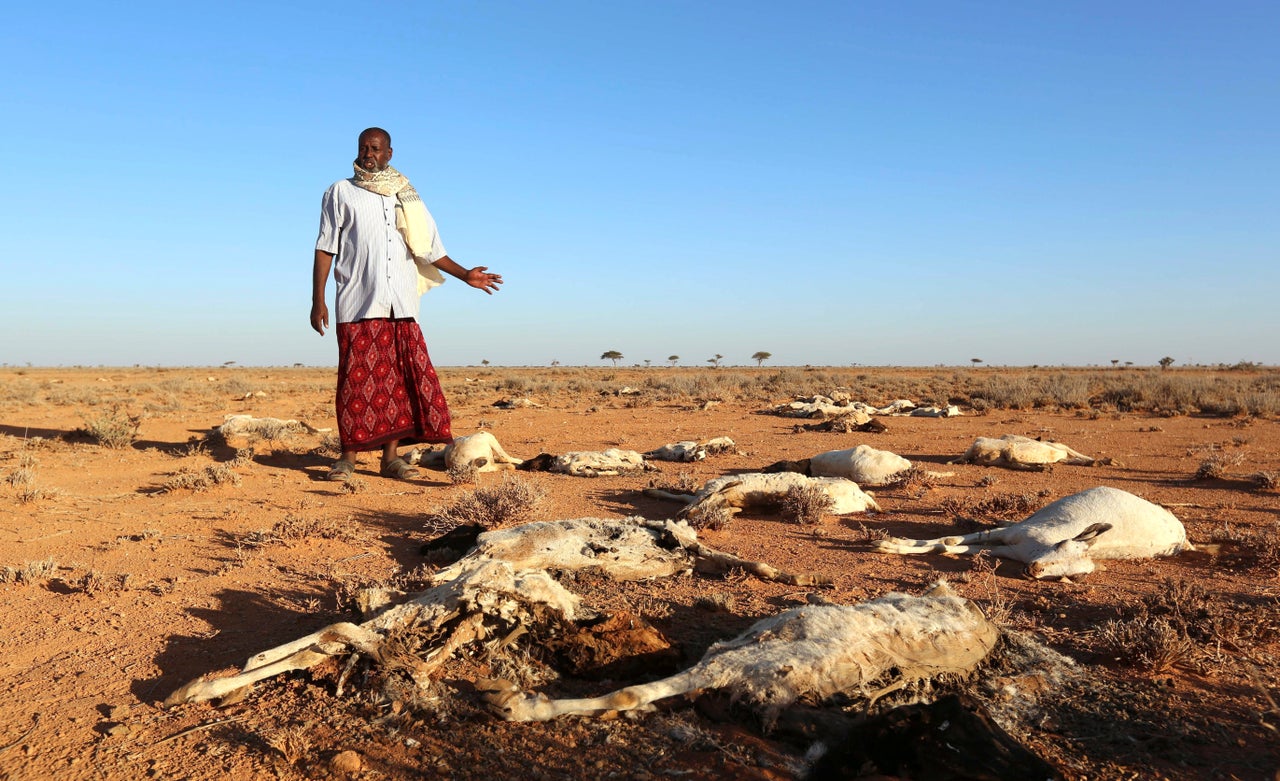
Somalia
Unrelenting drought conditions and armed conflict in Somalia have triggered mass displacement, which has in turn led to a cholera outbreak and human rights abuses including gender-based violence. Some 6.2 million Somalis require humanitarian assistance, including hundreds of thousands of malnourished children.
The outlook in Somalia seems grim, but Peter de Clercq, U.N. humanitarian and resident coordinator for Somalia, says there is hope for improvement ― if adequate resources are secured.
“By being preemptive and working with regional authorities, so far the situation hasn’t gone as badly out of hand as it could have ― we haven’t declared a famine,” he said. “It hasn’t happened, but that doesn’t mean it’s not going to happen. We’ve been able to stave it off, and we hope that through very strong involvement and if we get the resources we need, we’ll be able to avert a famine.”
Fundraising efforts in Somalia a year ago were focused on crisis prevention, including maintaining resilience and keeping people’s livestock alive, said de Clercq, who also serves as deputy special representative of the U.N. secretary-general in Somalia.
But the targets were missed and the resources remained out of reach, he explained, and now humanitarian efforts have turned toward saving lives.
“We launched an accelerated assistance appeal early this year, as we could see the situation spiraling more and more in a negative direction,” he said.
In late 2016, the U.N. issued an urgent plea for $864 million in funding to support Somalia’s most vulnerable people throughout all of 2017. As the crisis worsened, that appeal soared to $825 million for the first six months of this year alone.
Aid agencies in Somalia are already struggling to reach populations in regions occupied by al-Shabab, an al Qaeda-linked extremist group. Trump recently approved more aggressive airstrikes against al-Shabab militants by the U.S. Army, but experts fear this will put civilians in greater danger.
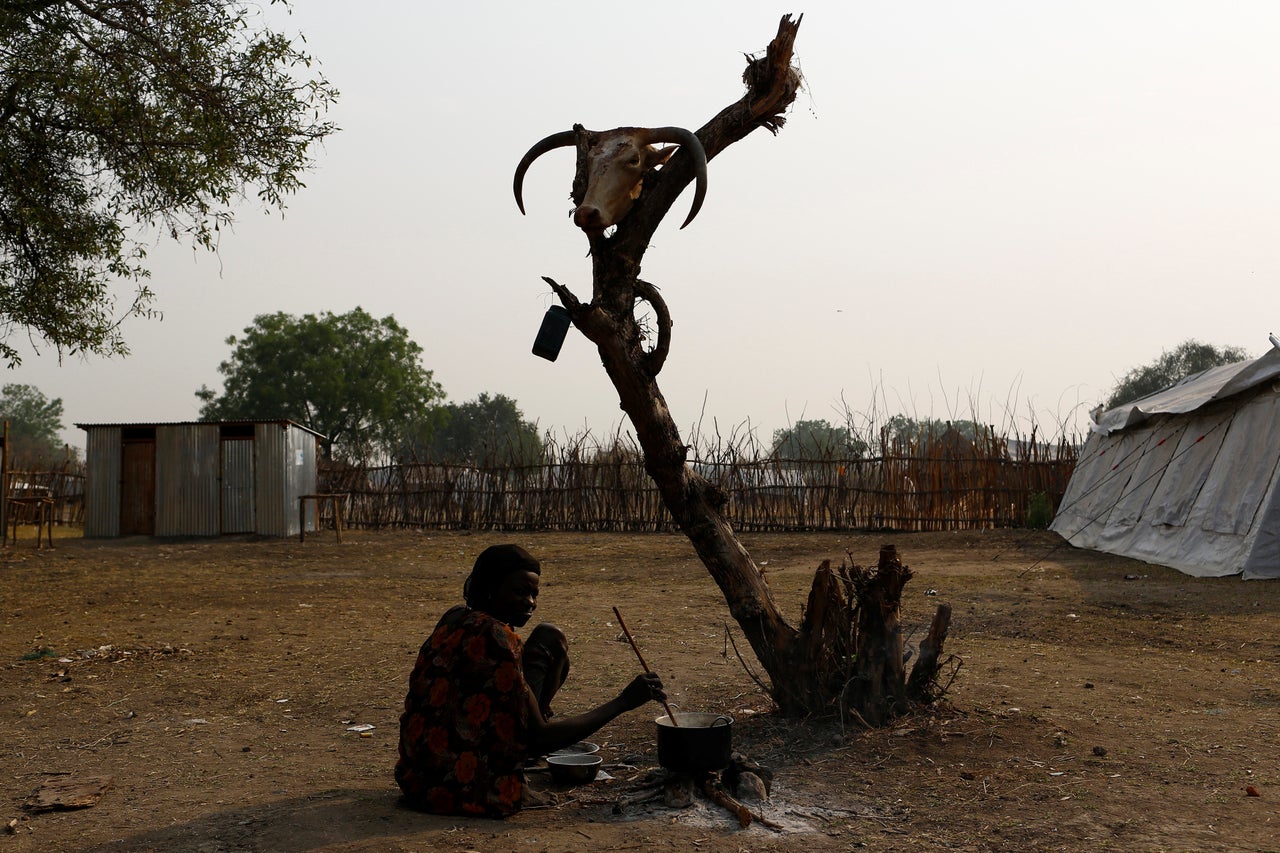
South Sudan
Weeks before Trump released his budget blueprint, South Sudanese President Salva Kiir formally declared a famine in parts of the country.
As the five-year-old nation sinks deeper into economic collapse and armed conflict, the need for foreign aid is only getting stronger.
Violence between warring government and rebel forces has expanded into a feud between ethnic groups with no end in sight. The chaos is causing mass displacement and disrupting farming activity, which has devastated South Sudan’s vital agriculture industry.
The famine is “wholly man-made; a result of the conflict,” said David Shearer, special representative of the U.N. secretary-general in South Sudan. “More than half of the population will face food shortages and will need food assistance.”
A severe drought has stretched on in the southeast of the world’s youngest country, and a continued cholera outbreak has claimed thousands of lives since 2014. At least 100,000 South Sudanese are now facing death, and 1 million more languish on the brink of starvation.
“This is a largely agrarian society where people rely heavily on what they grow. So unless farmers can get back to their fields and start planting again, especially in the coming weeks as the rainy season approaches, vast numbers will remain dependent on aid,” explained Shearer, who heads the U.N. mission in South Sudan. “That’s not what they, the international community or the government wants, but it is the reality we face.”
Political corruption has led the crisis to rapidly deteriorate, as Kiir’s government has obstructed access to aid workers and drastically hiked the cost of their permits. His regime has also been accused of looting aid supplies.
At least 700,000 people have fled to Uganda at a rate of nearly 3,000 a day. Shearer warns that some of those who remain “are so scared of the brutal fighting ― that often targets civilians ― that they are hiding out in swamps.”
“The U.S. has traditionally been very generous and gives more than any other country,” said Shearer. “With so many humanitarian crises in the world today, it’s becoming increasingly difficult to raise funds to support the most vulnerable and disadvantaged people.”
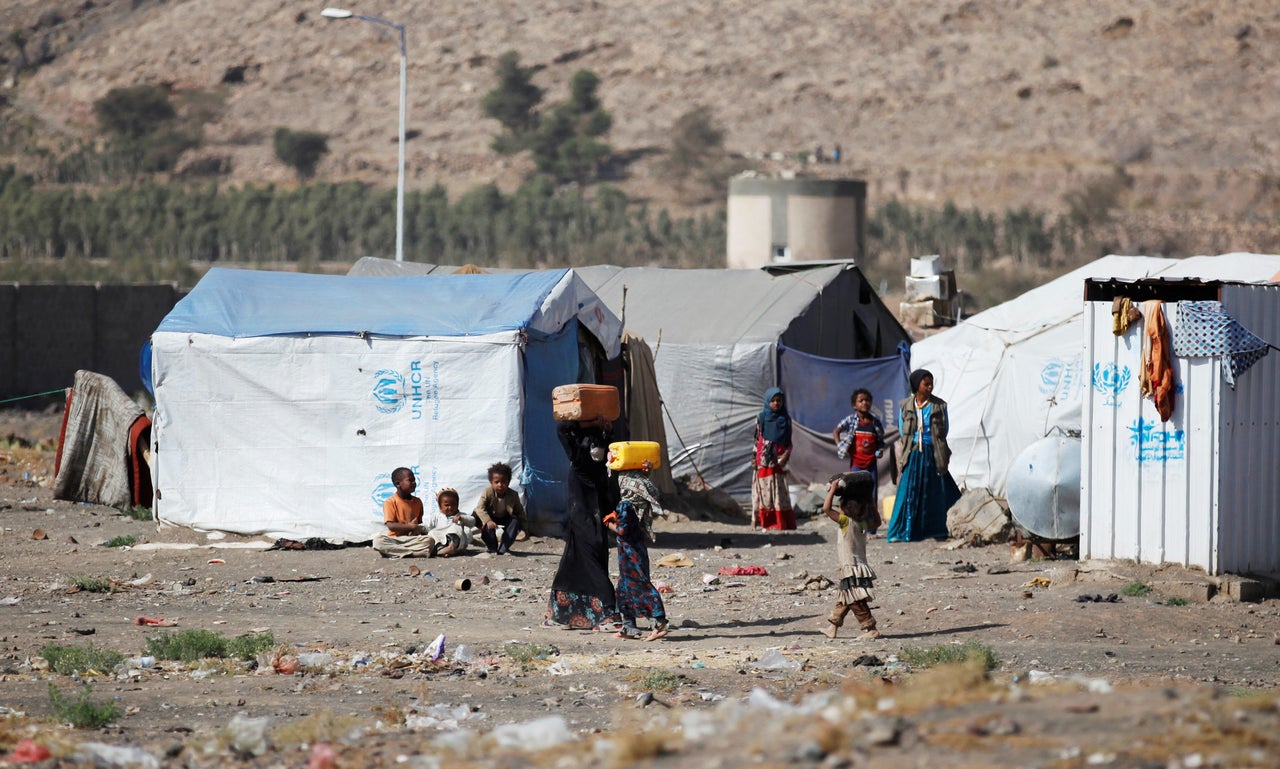
Yemen
Yemen’s two-year civil war has left the country’s health facilities a shambles, millions suffering from severe malnutrition and aid organizations stretched to their limits. In a country that faced longstanding humanitarian challenges before the conflict, Yemen is now experiencing one of the world’s worst hunger crises.
“Over the past two years the situation has really steadily deteriorated and is going from bad to worse,” said Robert Mardini, the Middle East regional director of the International Committee of the Red Cross.
One child dies every 10 minutes in Yemen of preventable diseases, according to UNICEF. The ICRC warned last month that Yemen, along with Somalia, was three to four months away from famine conditions.
“The dynamics of the conflict today make it very difficult to organize, for instance, overnight massive food distribution operations,” Mardini said. He described how constant shelling and conflict in the city of Taiz last month made what should be a straightforward route into a convoluted and arduous journey.
“What used to be a 10-minute walk took my team four hours via a donkey track through the mountains,” Mardini said.
Houthi rebels, allied with former President Ali Abdullah Saleh, have been in open civil war with loyalists of the internationally recognized president, Abdrabbah Mansour Hadi, for two years. Saudi Arabia supports Hadi and has been conducting an airstrike campaign that has killed thousands, as well as a naval blockade that has complicated aid shipments.
Increased conflict, especially around the key port of Hodeidah, could further cut off shipments and push the country into famine. Aid agencies and rights groups are calling for increased aid and a political solution to the conflict as soon as possible, warning that the alternative is a spiraling hunger crisis and increased death toll.
The U.S. instead is continuing to offer military support to the Saudi-led coalition as well as increasing U.S. airstrikes that target al Qaeda’s affiliate in Yemen. This ongoing conflict has created a man-made hunger crisis in which aid funding is desperately needed but is limited amid the fighting.
“Even if we had 2 billion U.S. dollars tomorrow, we wouldn’t be able to solve all the problems in Yemen. It’s not only about money,” Mardini said.
